|
The moment a child is born, parents start homeschooling. A child learns from the very moment of birth, and what the parents do impact the child on every level. "Formal" homeschooling, in which a parent makes the intentional decision to not send a child off to a public or private institute of learning, can begin at any time, and often parents consider homeschooling during the preschool age, or between two and five years old.
Homeschooling children ages two to five, or even six, can be wonderful in that you as the parent get to instill the love of learning in your child, and you are the one to see the first light-bulb moments of understanding. I know when I first saw my own child understand that C-A-T made the word that represented our kittens Henry and Rosie, that was a glorious moment. But, homeschool at this stage (between two and five years old) shouldn't be formal, as in, workbooks and tests and heavy curriculum. Here are six tips you can do to homeschool your preschooler and kindergartener: Read, read, read The very best thing you can do as a parent is to read to your child. Starting as a baby, building those building-blocks of words, sounds, and language is crucial to a child's development. A preschooler and kindergartener finally begin to understand that the words on the page correlate to the sounds coming out of their parent's mouth. Ask questions about what you're reading; even though your child is not reading, they are listening, and you can work on comprehension through the active reading of passages. Not sure what books to read? For babies and toddlers (especially those who are apt to tear things), board books are just fine. As children age, move on to larger picture books (but skip the chapter books for now -- they need the visual stimulation of pictures). Don't have the money for books? Visit the public library, or ask for books for the child's birthday and Christmas presents. Visit thrift stores, public library book sales, or yard sales to find books. Even when the child ages through elementary and middle school, continue reading--it's a wonderful bond-building activity. Intentional Play All those toys you have for your child? Get a few out and get on the floor with your child, and play with him. Make race cars zoom around the rug, or make animal sounds from figures, or play with dolls. Interact with your child, saying things like, "What sound does the elephant make?" or "What makes the car go?" Ask your child what dress the doll should wear today. Be imaginative with your child and ask questions--see what answers you'll get. Go outside and blow bubbles and play tag. At this age, children learn by playing. Get age-appropriate board games and play with your child. Children learn turns-taking, sharing, colors, counting, and many more important developmental steps through playing. Now, one may ask, "How am I to get on the floor and play when I have a baby to take care of, too?" Put the baby on a blanket beside you, on the floor. Put a couple diapers and wipes nearby, for easy changing access, and play. The point is to be intentional about playing: ask questions, ask your child's thoughts on what a toy should do next, and point out things like the color of a truck or what sound a toy makes. Introducing Letters and Numbers For children who show an interest in letters and numbers, buy some alphabet and number magnets for the refrigerator. Don't just stick them on and expect your child to learn them by osmosis. Show them the letters, in order, and be intentional with it. Sing the ABC song--in fact, buy a kid's CD and keep it in the car, to put in and sing while you're driving down the road. I used several different types of books to read to my children growing up that were fun ways to introduce letters, including Chicka Chicka Boom Boom, Chicka Chicka ABC, and Dr. Suess's ABC. These are classic books that are fun to read over and over, and use to interact with your children. If your child is not interested in learning about letters and numbers, continue reading to him. Eventually, it will come. Children learn at their own rate and level, and a cookie-cutter approach will not work on children. All children learn at their own levels and rates, and forcing it only embitters them and makes them hate learning. Be patient! Explore Allow your child to explore his or her own world. As much as you play intentionally with your child, allow your child to have the freedom to play on his or her own. Put out paper and crayons on a kid-sized table and see what your child draws. If he draws a sun purple, don't correct him--there will be plenty of time for correction later. Allow your child to explore and learn, and this is often hard. Often, the lessons that stick the most are the ones learned the hard way: if a toy is dropped and broken, or if a finger is pinched in a cabinet door, or if the kitty scratches or hisses because his tail is pulled. Often, a child will learn through natural consequences. Talk Talk with your child. If you're changing a soiled pair of underwear for a child who is learning to use the potty, take the child by the hand and dump the poop off the underwear and into the toilet, telling her, "that's where the poop goes! Into the potty!" Talk with your child. Explain that we wear rain jackets when it's raining, or we put up our toys at certain times of the day. Announce that it's snack or meal time. In effect, narrate your child's life for him or her. "It's morning! Sun is shining, time to wake up!" "Time to change our clothes! Your head goes through this hole, your arm in that sleeve," etc. Narrate what you're serving for breakfast. If a child has a learning disorder, such as autism or sensory development disorder, although the child may have a difficult time responding back, continue to talk/narrate. Continue to read and play. It's important to do so, even -- especially -- if a child has a developmental delay or disorder. Writing As for writing, you want to wait until the child can feed him- or herself with a spoon or fork and demonstrate decent fine motor skills. Then, introduce a big pencil that is used for preschoolers and kindergarteners, and let the scribbling commence! Pour flour onto a cookie sheet, and show how to write letters in it. Buy a dry erase board, as little or as big as you want, and allow your child to write letters on it. Don't try to force the learning, as it will happen. The older the child becomes, increase the structure and discipline of writing appropriately. Use the alphabet books mentioned above and trace each letter as you read them, and have your child mimic you. Remember, each child learns differently and on his or her own time schedule. No child exits the womb quoting Shakespeare or knowing her ABCs. Read to your child, allow play (both with you and on his own), and encourage listening skills by explaining everything that's happening. Most of all, pray -- over your child, with your child, and by your child. In Christ, Terrie (C) 2022 Terrie Bentley McKee ALL RIGHTS RESERVED
3 Comments
Gratitude is an essential value children need to learn at a young age, but how exactly do you teach it? Teaching gratitude does not have to be hard at all! Here are 16 super fun activities that will teach your child to be thankful for everything in their life.
Read Books There are so many amazing books that will teach your child about being thankful. Reading books brings so many great benefits, and your child will love the chance to snuggle up and read books with you! Some of our favorites include:
Make a Gratitude Chain or Tree Gratitude chains or trees are fun and easy crafts to help your child share what they are grateful for. You can make a chain for every day in November with something they are grateful for to hang around their room. Or, create a tree and add a leaf every day with something they are thankful for. With these, you can go as long as you want. Dinner Table Gratitude Tradition Make it a tradition to go around the dinner table each night and share one thing you were thankful for about today. It can be big or small. Not only will this help them find things to be grateful for, but it will also show them there is always something good about their day, which in turn teaches them to be optimistic. This gratitude tradition will also keep your family close as you talk and share about your days while eating dinner. Competition There are so many fun ways to have gratitude competitions. You can see who can write down the most things they are grateful for in one minute. Make it as short or as long as your child needs. You can also see how many you can name throughout your day. Make these competitions fun and light, nothing too serious. Write Thank You Notes Teach your child to write thank you notes from an early age. They can paint and draw the cards themselves to build their creative side as well. Writing thank you notes will teach gratitude and manners to your child as they learn they need to share their gratitude with others. Rainbow Kind of Days This is one that will hopefully stick with your child forever. Children need to know those bad days will happen, but it doesn't mean the entire day has to suck. Have what is called a "rainbow kind of day." Use this phrase when you have a bad day. Talk about your day and the struggles you went through. Then, tell your child about your rainbow. Just like all storms, during the storm, everything is nasty. But in the end, there is always a beautiful rainbow. This will help your child focus on the good and share their bad times with you. Bedtime Routine If you want to make gratitude a habit for your child, include it in your bedtime routine. Every night before bed, have them share what they were grateful for that day. Make sure you share what you were grateful for that day -- and be sure to include your child! Gratitude Jar Find an empty jar and have your child decorate it however they please. Then, put notes of things you were grateful for inside the jar every day. On December 31, as part of a New Year's celebration, empty it and read through everything you wrote! Gratitude Journal A gratitude journal is a great way to teach your child about being thankful. Get them a journal, or have them make their own. Then try to make it a habit to write in their journals every single day. This will create a habit and help your child learn the importance of keeping a journal. Thankful for Senses Sensory play is always a great way to teach something! You can do this in so many different ways. You can create a sensory bin filled with things your child loves and have them explore and be thankful for each item. Or you can ask your child something they love for each of their senses:
Gratitude Bingo Gratitude Bingo is not a daily activity but rather a week or month-long event. Give your child a bingo card with gratitude prompts inside each square. You can make your own or get one online. Some square examples include:
Thankful Pumpkin Instead of carving your pumpkin, write out all the things your entire family is grateful for. Try to fill the pumpkin with your writing! I use a white pumpkin to do this in the fall and it's a cherished part of our fall decor. Scavenger Hunt Children love scavenger hunts! You can make this as easy or as hard as your child needs. Make hints about things you are grateful for to have them look for until they find the prize. Or, let them make their own scavenger hunt and give them prompts. For example, “Look for something you are grateful to wear.” Grateful Photo Challenge For those children who love to take pictures, have them go on a photo challenge! They can use your phone or a kid's camera. You can choose to give them a list of things to take pictures of or let them find 20 things they are grateful for to take a picture of. Drawing or Painting While it may seem so simple, children love a chance to draw or paint freely. Don’t lead this activity; let your child draw whatever comes to their mind. Process art is much more beneficial than having your child copy a cute turkey you saw on Pinterest. Be sure to hang up your child’s artwork and share how thankful you are for it! Gratitude Walk Many children have a lot of energy that they love to use, so go on a gratitude walk! This can be a simple nature walk, but talk about things you see, hear, smell, and touch that you are grateful for during your walk. These 16 gratitude activities will help your child learn this important skill in a fun way! Learning through play is more beneficial and lots more fun for kids of all ages! What other ways to you like to teach your child about gratitude? Read alouds are a great way to help your children fall in love with books. Getting them to sit still and listen to the book can be a challenge that leaves parents frustrated.
This common problem is easier to fix than you think. Sometimes it can be stressful watching our children fidget while we try to read to them but the truth is a little fidgeting can help them pay better attention to the story you are reading to them and sit still longer for the reading than they could if they tried to just sit still and listen. Offer your child a sensory activity to help them focus. This is a great way to get more into your day. Sensory play helps kids gather themselves so they can focus better the rest of the day. Opt for simple activities like homemade slime, or playdough that can help calm and soothe while they listen allowing them to perform better on other lessons. Keep hands busy without distracting minds. Activities like coloring is a great read-aloud project. Give them coloring pages that go along with the book you are reading to help connect the two. Coloring doesn't take much thought but keeps the hands busy allowing children to focus their attention on you reading to them. If your child needs to be a bit more physical to focus give a peddler or exercise bike a try. This will give them something physical to burn off excess energy to help them all day long and give their body something to do so their mind can focus on your reading aloud to them. If you have an extra copy of the book you are reading aloud, have them read along and take over reading out loud once in a while. No matter what method you use to help your child focus during reading aloud, you can take advantage of asking your child questions to see if they are truly focused. This also helps them work on reading comprehension and retention skills. (C) 2021 Terrie Bentley McKee ALL RIGHTS RESERVED |
AuthorTerrie Bentley McKee is an author and speaker who homeschools her youngest daughter. Married to her husband Greg, they have four children, all of whom have special needs of varying degrees. Terrie is a follower of Jesus Christ and tries to glorify God in all she does. To read more about her testimony, click here. Affiliate LinksHomeschooling One Child is a participant in the Amazon Services LLC Associates Program, an affiliate advertising program designed to provide a means for sites to earn advertising fees by advertising and linking to amazon.com. Check out our YouTube channel!Check out our podcast!Please pin!Archives
January 2024
Categories
All
|
- Home
- Blog
- Podcast
-
Resources
- Teach What is Good Devotional
-
Convention Resources
>
- Homeschooling a Teen with Autism
- Tips on Creating a Disability-Inclusive Church
- How to Teach Your Exceptional Child about Faith
- Homeschooling Preschoolers with Autism
- How to Pick Developmentally Appropriate Curriculum for your Autistic Child
- Overwhelmed
- Homeschooling One Child
- Life Skills Chickens
- Strategies on Homeschooling Kids with Special Needs
- About Us >
- Vlog
- Homeschooling News
- Printables
- Special Needs
- Curriculum
- Encouragement
- Home Management >
- History
- Science
- 25 Days of Advent
- Courses
- Store
(C) 2023 Terrie Bentley McKee ALL RIGHTS RESERVED
- Home
- Blog
- Podcast
-
Resources
- Teach What is Good Devotional
-
Convention Resources
>
- Homeschooling a Teen with Autism
- Tips on Creating a Disability-Inclusive Church
- How to Teach Your Exceptional Child about Faith
- Homeschooling Preschoolers with Autism
- How to Pick Developmentally Appropriate Curriculum for your Autistic Child
- Overwhelmed
- Homeschooling One Child
- Life Skills Chickens
- Strategies on Homeschooling Kids with Special Needs
- About Us >
- Vlog
- Homeschooling News
- Printables
- Special Needs
- Curriculum
- Encouragement
- Home Management >
- History
- Science
- 25 Days of Advent
- Courses
- Store
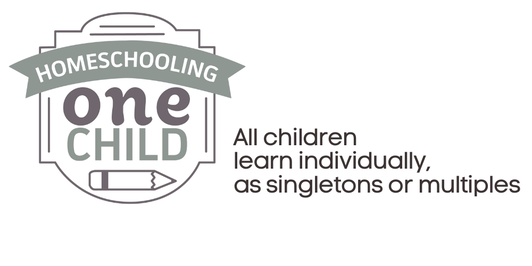

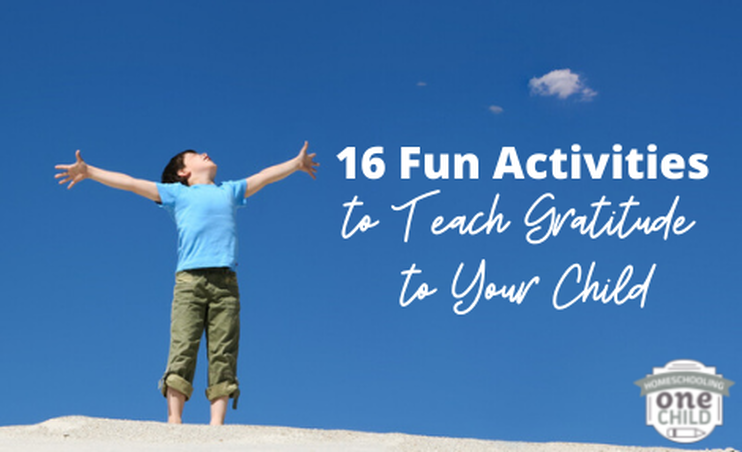
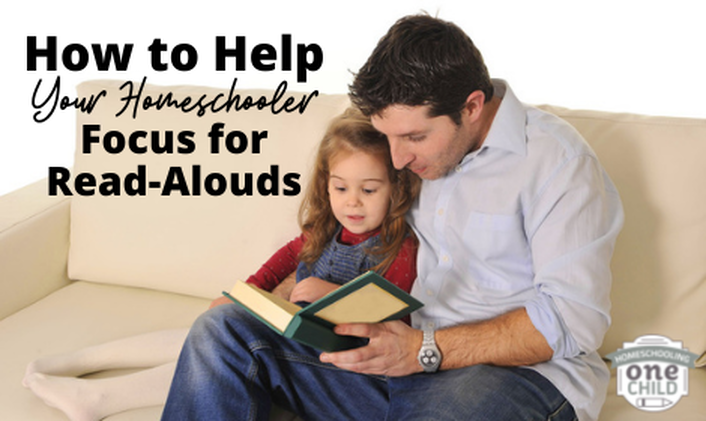
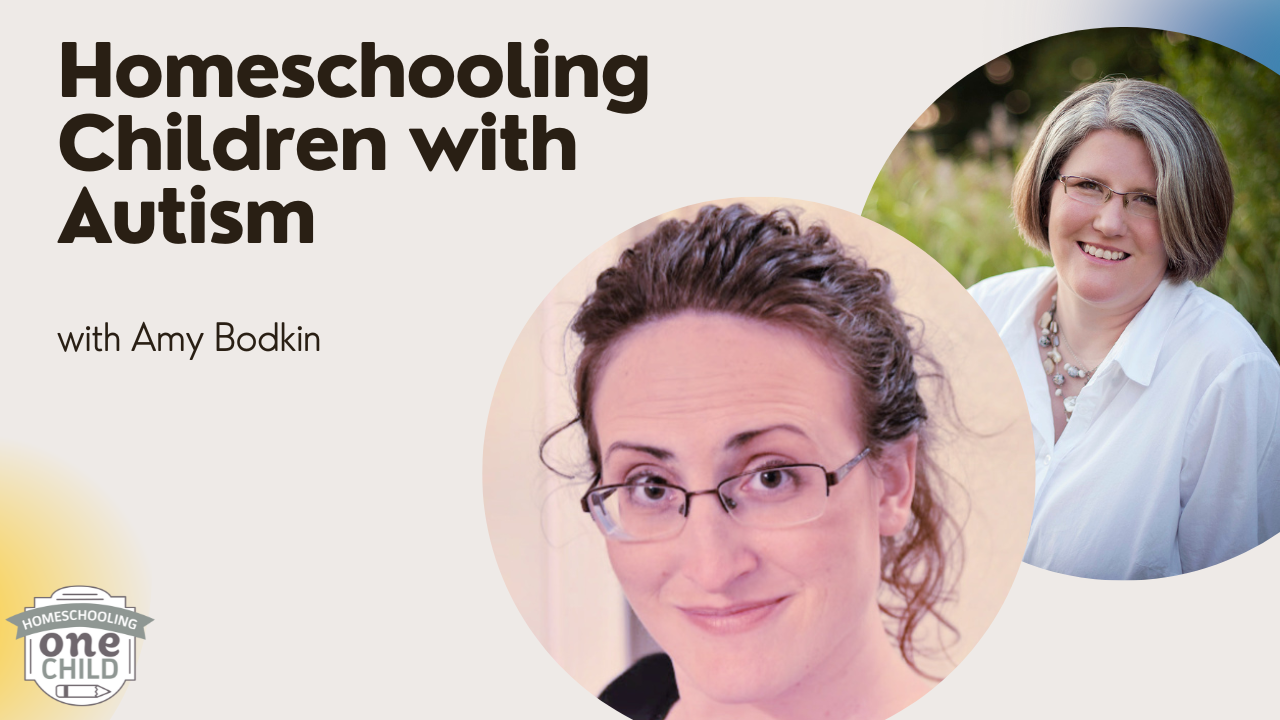
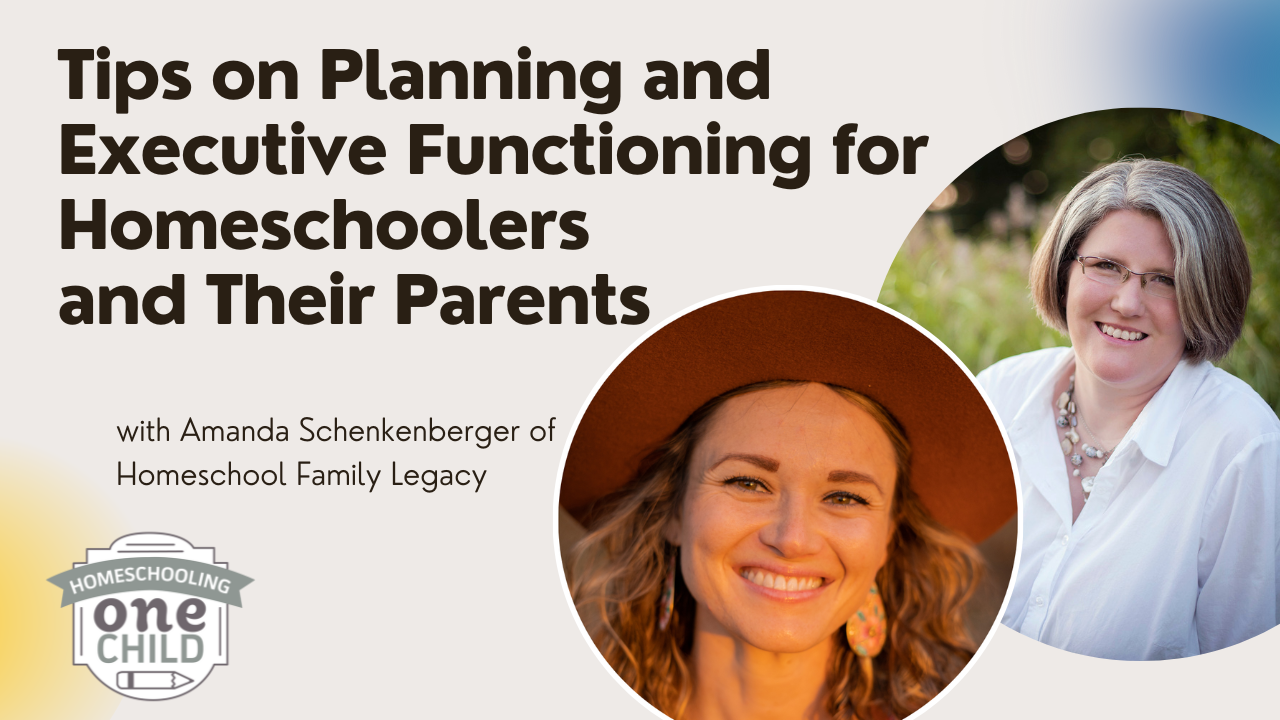
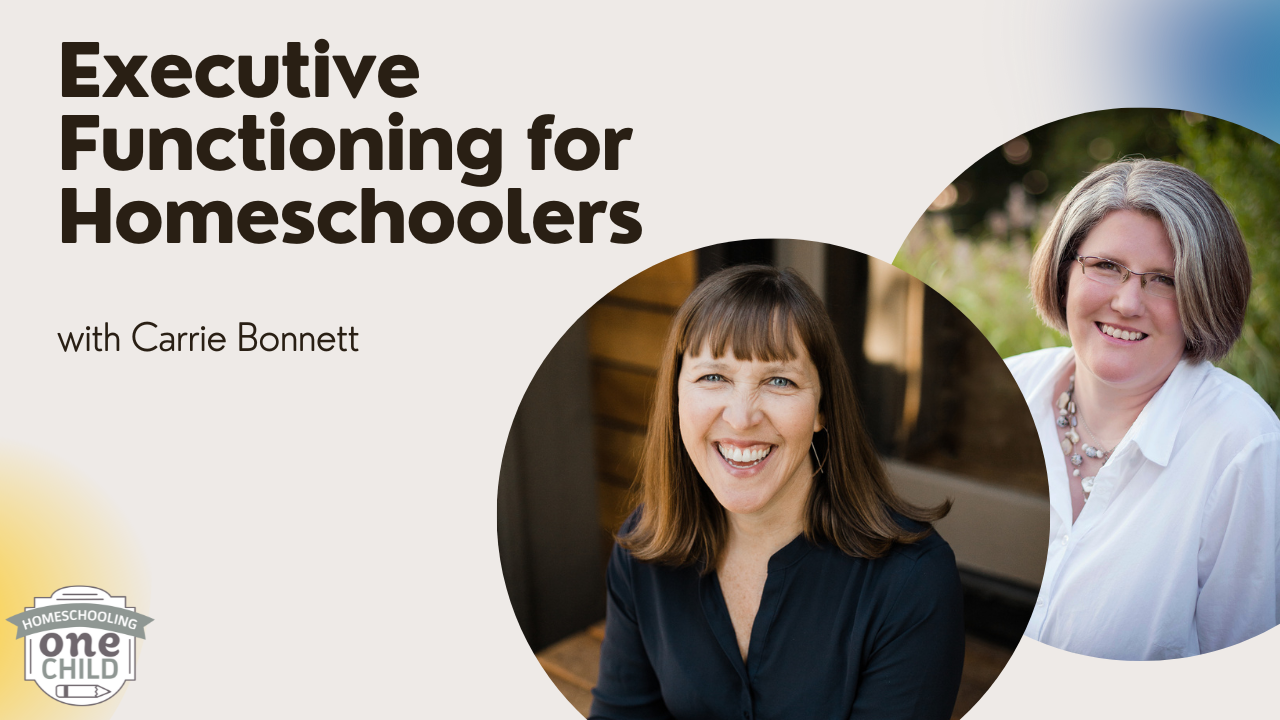
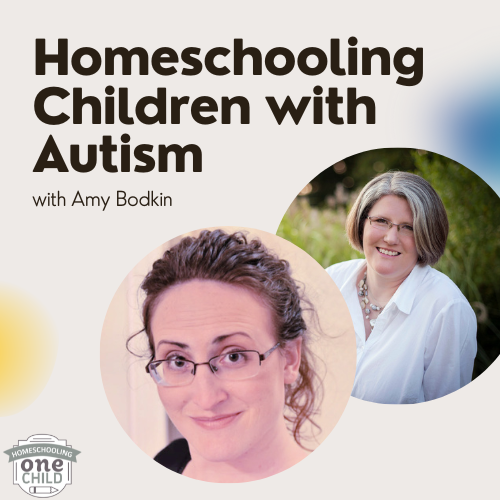


 RSS Feed
RSS Feed
